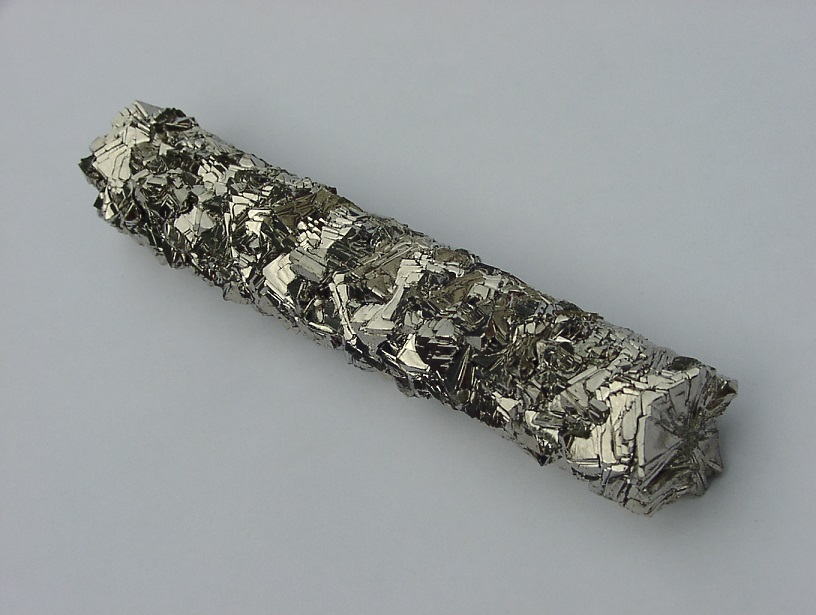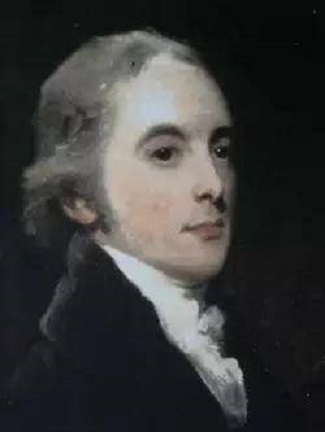A Brief History of Titanium

A Brief History of Titanium
Want to know when the titanium metal was discovered and how it was discovered? You've come to the right place. This article will introduce a brief history of titanium and take a look at how titanium was discovered and used by human beings.

History Of Titanium
The Discovery of Titanium
As a new type of metal that is widely used today, titanium metal went through hundreds of years from being discovered to being purified and used. The earliest discoverer of titanium was Reverend William Gregor from England, a British priest and amateur mineralogist. In 1791, he found some black sand that would be attracted by magnets by a small stream near Manaccan, England, and analyzed that it contained iron oxide and an unidentifiable metal oxide.

Reverend William Gregor
He realized that the metal contained in this oxide had not yet been discovered, so he published the discovery in the Royal Geological Society of Cornwall in England and the German Annals of Chemistry. Coincidentally, Franz-Joseph Müller von Reichenstein also produced a similar substance at about the same time, but could not identify it.
In 1795, the German chemist Martin Heinrich Klaproth also discovered this kind of oxide while studying rutile, and named the unknown metal substance after the Greek god Titans. When he learned of Gregor's previous discovery, he also obtained some samples of the Manaccan mineral and confirmed that it contained titanium.

Martin Heinrich Klaproth
After that, the purification technology of titanium metal developed slowly for nearly 100 years. It was not until 1910 that American chemist Matthew A. Hunter produced titanium with a purity of 99.9% for the first time, but the mass was only 1 g.
Industrial Development of Titanium
In 1948, the United States used the magnesium reduction method to produce 2 tons of sponge titanium, and the industrial production of titanium began. Historically, the United States initially led the world in titanium productivity, followed by China, the Commonwealth of Independent States, Japan, and Europe, becoming the world's top five titanium producers and consumers.
Application of Titanium in Various Fields
Metal titanium is currently widely used in various fields, which greatly facilitates people's production and life.
Titanium is a very popular material in the aerospace industry because it can reduce body weight. For example, the rocket nozzle sleeve in the rocket, the shell of the artificial satellite, and the cabin of the manned spacecraft are all used in metal titanium. Another example is the approximately 50 pressure vessels used on the American Apollo moon landing spacecraft, 85% of which are made of titanium.
At the same time, titanium is also one of the indispensable materials for making nuclear submarines. Russia leads the world in the development and manufacturing of titanium alloy nuclear submarines. In December 1968, Russia built the world's first all-titanium nuclear submarine K162. The nuclear submarine has served in the oceans and seas for more than 30 years, has undergone different loads and environmental assessments, and has never had any accidents.
In the production of automobiles, titanium is also very popular. In automobile accessories such as connecting rods, crankshafts, valves, intake valves, exhaust valves, and fasteners, titanium is also indispensable. In 1956, General Motors of the United States assembled the "Firebird II" all-titanium body for exhibition, which opened the prelude to titanium for automobiles.
In the military industry, titanium is used in weapons and military equipment such as tanks, tanks, missiles, and machine guns.
In terms of sports equipment, titanium is a good material for golf clubs, tennis rackets, fencing protection masks, swords, sprint spikes, climbing tools, skis, ski shoes, fishing tackle, tent poles, and other equipment.
In addition, titanium is also used in many fields such as construction, marine engineering, metallurgical industry, chemical industry, and medical equipment.
Conclusion
Thank you for reading our article and we hope it can help you have a better understanding of the application and history of titanium. If you want to know more about titanium and titanium alloys, we would like to advise you to visit Advanced Refractory Metals (ARM) for more information.
Headquartered in Lake Forest, California, USA, Advanced Refractory Metals (ARM) is a leading manufacturer & supplier of refractory metals across the world. It provides customers with high-quality refractory metals and alloys such as titanium, titanium alloys, tungsten, tantalum, rhenium, and zirconium at a very competitive price.
{{item.content}}
LEVE A REPLY
{{item.children[0].content}}
{{item.content}}






